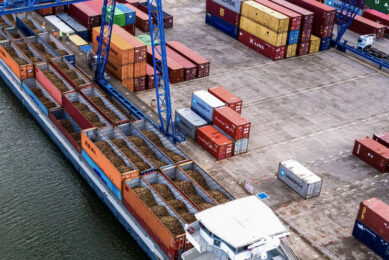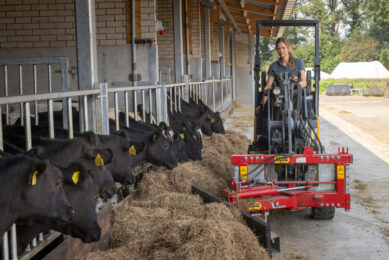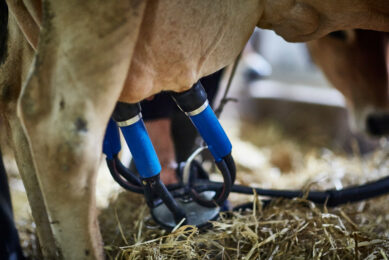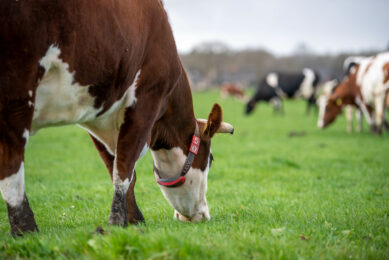Stamping out lameness in UK’s dairy herd
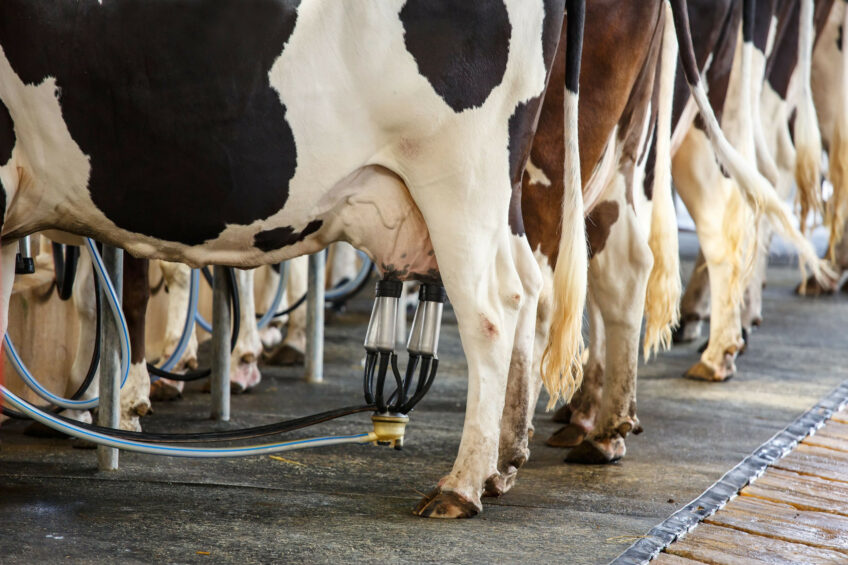
Plans to drive down cases of lameness on British dairy farms over the next 2 decades have been published.
A total of 21 action points to ensure cases of lameness become minimal in the national dairy herd have been produced in The GB Dairy Cow Lameness Manifesto.
Developed by the Dairy Cattle Mobility Steering Group and supported by Ruminant Health and Welfare, the manifesto has been drawn up to reduce lameness levels, which have plateaued in recent years.
The action points have been backed by farmers, processors and industry bodies and are spread across 4 key strategy areas. These are:
- Including all dairy herds, wherever their starting point
- Using farm-specific preventative plans to empower farmers to act
- Ensuring that the implementation of all relevant knowledge and technology becomes the norm
- Incentivising farmers to achieve good foot health.
Action points include:
- Encouraging every farm to record whole health lameness prevalence
- Empowering farmers to adopt a farm-specific lameness reduction plan, such as the ‘Healthy Feet’ programme
- Harnessing genetic gain by using sires with lameness resistance traits
- Sourcing milk from herds that can demonstrate their lameness levels at least on a 6-monthly basis.
Professor Martin Green, chair of the Dairy Cattle Mobility Steering Group, said estimates suggested the national herd has a current lameness prevalence of around 30%. Green, professor of Cattle Health and Epidemiology at Nottingham University, said he hoped the actions would make a real difference.
“The actions outlined in this industry-led manifesto should drive at least a 10% relative reduction in lameness prevalence year-on-year on a national scale until at least 95% of the British dairy herd achieve a lameness rate of less than 5% by 2044,” he said. “This will not only improve cow welfare, but also reduce the industry’s carbon footprint and safeguard the social license of British dairy farming,” he added.
The manifesto includes milestone targets with less than 20% of the national herd suffering from lameness by 2028, less than 10% by 2035 and less than 5% by 2044.
Working together is the best chance of substantially reducing lameness in the national herd, and he called on farmers, milk processors, vets and advisors to become signatories of the manifesto.
Join 13,000+ subscribers
Subscribe to our newsletter to stay updated about all the need-to-know content in the dairy sector, two times a week.



